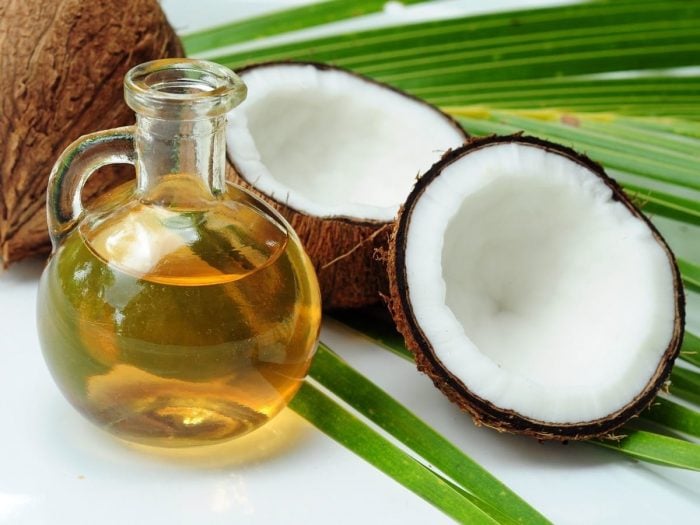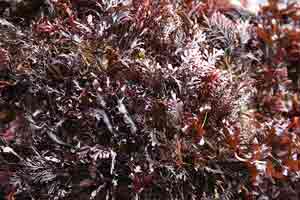The Truth About Belly Fat
What you need to know -- and do.
By Sonya Collins
WebMD Feature
WebMD Feature
Reviewed byLaura J. Martin, MD
Even if you have a rock-hard pack of abs, you still have belly fat. And how much flab you have around your middle has a big impact on your health. Here’s help getting a handle on your belly fat.

People store most of their fat in two ways – one you can see and one you can't.
The fat you can see is just under the skin in the thighs, hips, buttocks, and abdomen. That's called subcutaneous (under the skin) fat.
The fat you can't see is deeper inside, around the vital organs (heart, lungs, digestive tract, liver, and so on) in the chest, abdomen, and pelvis. That's called "visceral" fat.
Many people are self-conscious about the fat they can see. But actually, it's the hidden fat -- the visceral fat -- that may be a bigger problem, even for thin people.
Like Another Organ
We all have visceral fat -- and it isn't all bad. It provides necessary cushioning around organs.
But, the fat doesn't just sit there. It makes "lots of nasty substances," says Kristen Hairston, MD, assistant professor of endocrinology and metabolism at Wake Forest School of Medicine. And having too much of it is linked to a greater chance of developing high blood pressure, type 2 diabetes, heart disease, dementia, and certain cancers, including breast cancer and colon cancer.
How You Get Extra Visceral Fat
When a body's obese, it can run out of safe places to store fat and begin storing it in and around the organs, such as around the heart and the liver.
What kind of problem does that create? Carol Shively, PhD, professor of pathology-comparative medicine at Wake Forest School of Medicine, says, “Fatty liver disease was, until recently, very rare in non-alcoholics. But with obesity increasing, you have people whose fat depots are so full that the fat is deposited into the organs. In addition, she says, more fat is also being deposited around the heart.
Checking Your Risk
The most precise way to determine how much visceral fat you have is to get a CT scan or MRI. But you don't need to go that far to get a sense of whether or not the fat inside you is putting your health at risk.
Get a measuring tape, wrap it around your waist, and check your girth. Do it while you're standing up, and make sure the tape measure is level.
For the minimal effect on your health, you want your waist size to be less than 35 inches if you're a woman and less than 40 inches if you're a man.
Having a "pear shape" -- fatter hips and thighs -- is considered safer than an "apple shape," which describes a wider waistline.
“What we’re really pointing to with the apple versus pear,” Hairston says, "is that, if you have more abdominal fat, it’s probably an indicator that you have more visceral fat."
Thin People Have It, Too
But even if you're thin, you can still have too much visceral fat.
It's partly about your genes. Some people have a genetic tendency to store visceral fat.
It's also about physical activity. Visceral fat likes inactivity. A British study showed that thin people who maintain their weight through diet alone, skipping exercise, are more likely to have unhealthy levels of visceral fat.
So the message is get active, no matter what size you are.
4 Steps for Beating Belly Fat
There are four keys to controlling belly fat: exercise, diet, sleep, and stress management.
Exercise: Vigorous exercise trims fat, including visceral fat. It can also slow down the build-up of visceral fat that tends to happen over the years. But forget spot-reducing. There aren't any moves you can do that specifically target visceral fat.
Half an hour of vigorous aerobic exercise, done four times a week is ideal.
Jog, if you're already fit, or walk briskly at an incline on a treadmill if you're not yet ready for jogging. Vigorous workouts on stationary bikes and elliptical or rowing machines are also effective, says Duke researcher Cris Slentz, PhD.
Moderate activity – raising your heart rate for 30 minutes at least three times per week – also helps. It slows down how much visceral fat you gain. But to torch visceral fat, your workouts may need to be stepped up.
“Rake leaves, walk, garden, go to Zumba, play soccer with your kids. It doesn’t have to be in the gym,” Hairston says.
If you are not active now, it's a good idea to check with your health care provider before starting a new fitness program.
Diet: There is no magic diet for belly fat. But when you lose weight on any diet, belly fat usually goes first.
A fiber-rich diet may help. Hairston’s research shows that people who eat 10 grams of soluble fiber per day -- without any other diet changes -- build up less visceral fat over time than others. That’s as easy as eating two small apples, a cup of green peas, or a half-cup of pinto beans.
“Even if you kept everything else the same but switched to a higher-fiber bread, you might be able to better maintain your weight over time,” Hairston says.
Sleep: Getting the right amount of shut eye helps. In one study, people who got six to seven hours of sleep per night gained less visceral fat over 5 years compared to those who slept five or fewer hours per night or eight or more hours per night. Sleep may not have been the only thing that mattered -- but it was part of the picture.
Stress: It’s unavoidable, but what you do with your stress matters.
You probably already know that people tend not to make the best food choices when they're stressed. And when you've got chronic stress, that can be a problem.
Shively recommends getting social support (turn to your friends and family), meditating, and exercising as ways to handle stress. Signing up for a workshop or some counseling sessions can also help you tame your stress.
Short on time? “If you could only afford the time to do one of these things," Shively says, "exercise probably has the most immediate benefits, because it gets at both obesity and stress.”
SOURCES:
National Heart Lung and Blood Institute: “Assessing your weight and health risk.”
Mayo Clinic, Mayo Clinic Women’s Health Source. June 2011; online edition.
Dedert, E. International Journal of Psychiatry in Medicine, 2004.
Hairston, K., Obesity, June 16, 2011; published online ahead of print.
Hairston, K., Sleep, March 2010.
Heinrichs, M. Biological Psychiatry, Dec. 15, 2003.
Kilpeläinen, T., Nature Genetics, June 26, 2011.
Lewis, T. American Journal of Epidemiology, June 1, 2001.
Noble, R. Western Journal of Medicine, April 2001.
Slentz, C. American Journal of Physiology – Endocrinology and Metabolism, Aug. 16, 2011.
Carol Shively, PhD, professor of pathology-comparative medicine, Wake Forest School of Medicine, Winston-Salem, N.C.
Kristen Hairston, MD, assistant professor of endocrinology and metabolism, Wake Forest School of Medicine, Winston-Salem, N.C.
Tuomas Kilpeläinen, PhD, epidemiology unit, Institute of Metabolic Science, Medical Research Council, U.K.
Cris Slentz, PhD, exercise physiologist, Duke University School of Medicine, Durham, N.C.
Reviewed on September 11, 2012









 This may seem surprising - that such a humble and common class of plants could offer us very much in terms of health. But seaweed health benefits have been known for a long time - and modern science is revealing more and more about this super-food.
This may seem surprising - that such a humble and common class of plants could offer us very much in terms of health. But seaweed health benefits have been known for a long time - and modern science is revealing more and more about this super-food. 
